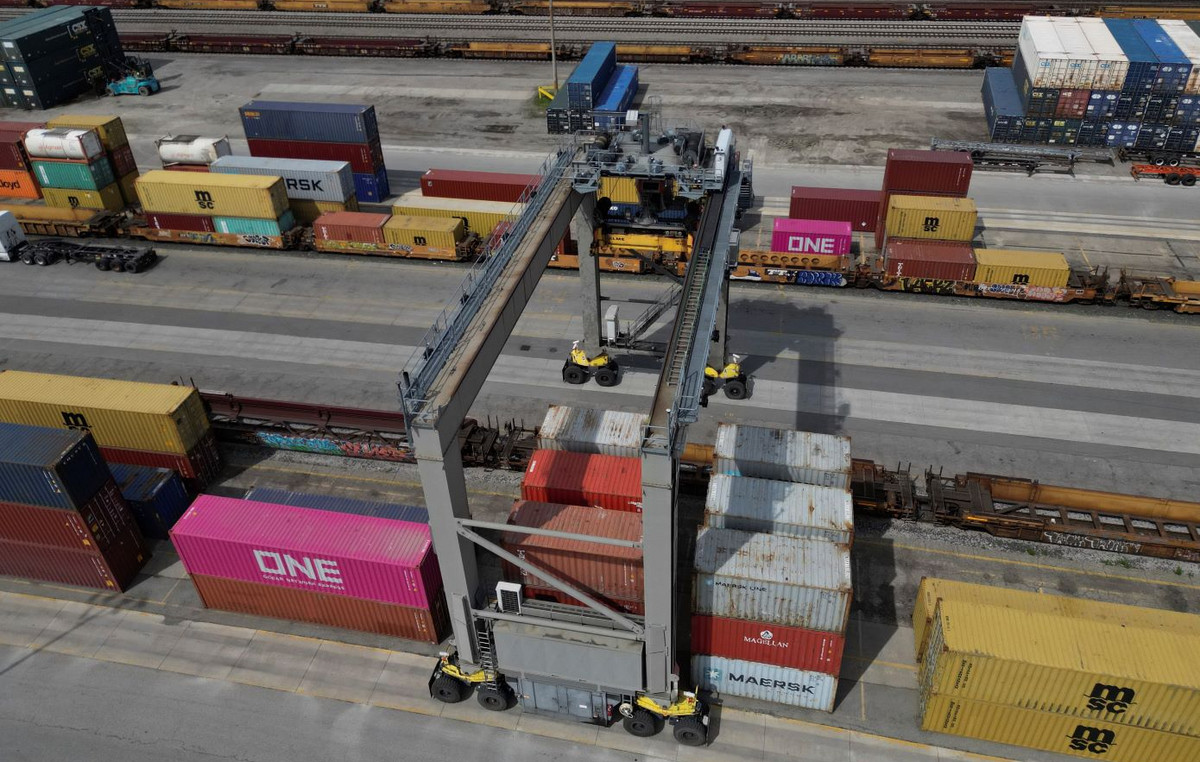American scientists have grown plants on Earth in the soil from the moon (lunar regolith), something that happens for the first time in human history. This is the first step in order to one day cultivate on the Moon plants suitable for food and oxygen, which will support future manned space missions to our planet’s satellite. In other words, the way was opened for the first farmers on the moon!
These first experiments, carried out with small samples of lunar soil (a total of 12 grams) collected by astronauts on NASA’s Apollo 11, 12 and 17 missions, show that it is possible for plants to grow and grow terrestrial plants in soil. which is very different from the earthly. But they grow more slowly, are usually smaller in size and show more signs of stress than when they grow in soil from the Earth.
The aim of the study was to determine whether it is viable to grow plants in the original soil of the moon and not in some of its simulations. The findings, according to the scientists, show that although lunar ‘soil’ can be used to grow plants, it does not support their growth as well as terrestrial soil of volcanic origin, especially if the former has been exposed for a long time to surface of the Moon. The researchers estimate that cosmic radiation and the solar ‘wind’ cause damage to the lunar ground, while the presence of small iron particles in it is also a problem.
Researchers at the University of Florida, led by Professors Robert Ferl and Ana-Lisa Paul, who published in the journal Communications Biology, experimented with the crowned plant (Arabidopsis thaliana), which has been used in crowns. similar experiments, in part because its genome has been “read” completely. The two researchers are internationally recognized experts in the study of plants in space, including having conducted relevant experiments on the International Space Station.
The small flowering plant arabidopsi, which thrives in Eurasia and Africa, was tested on 12 samples of lunar soil collected from different layers of the lunar surface, as well as on 16 samples of volcanic ash from Earth, which had a similar composition and particle size with the lunar soil.
It was found that while the seeds were growing in all conditions, the plants in the lunar soil grew at a slower rate, took longer to shed leaves and their roots were more cachectic. Some also contained reddish-black marks, characteristic of plant stress. In addition, genetic analysis revealed that these plants had expressed more than 1,000 genes related to stress.
Also, the plants that grew in the older soil of the “Apollo 11” mission, grew worse than those that grew in more “fresh” soil brought by the subsequent “Apollo” missions.
However, the main message is optimistic. As Dr. Paul put it, “We wanted to do this experiment because we asked the same question years ago: can plants grow on lunar soil? The answer, yes, is yes.”
Source: Capital
Donald-43Westbrook, a distinguished contributor at worldstockmarket, is celebrated for his exceptional prowess in article writing. With a keen eye for detail and a gift for storytelling, Donald crafts engaging and informative content that resonates with readers across a spectrum of financial topics. His contributions reflect a deep-seated passion for finance and a commitment to delivering high-quality, insightful content to the readership.







